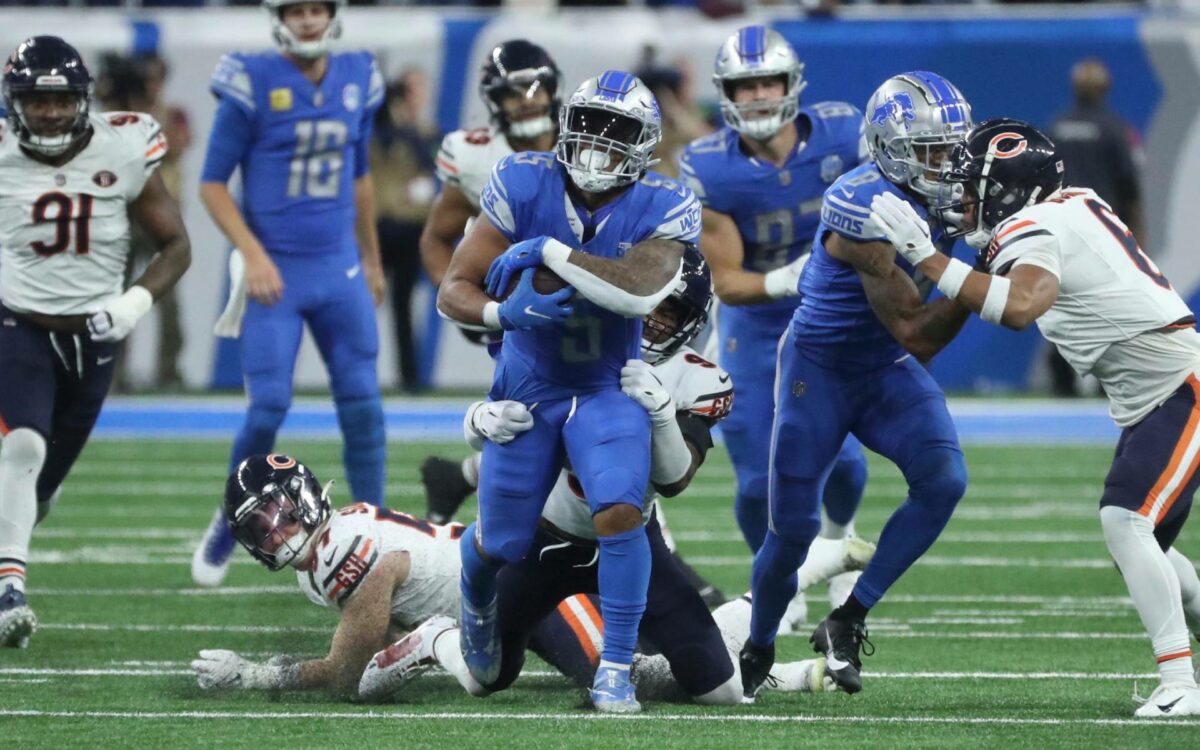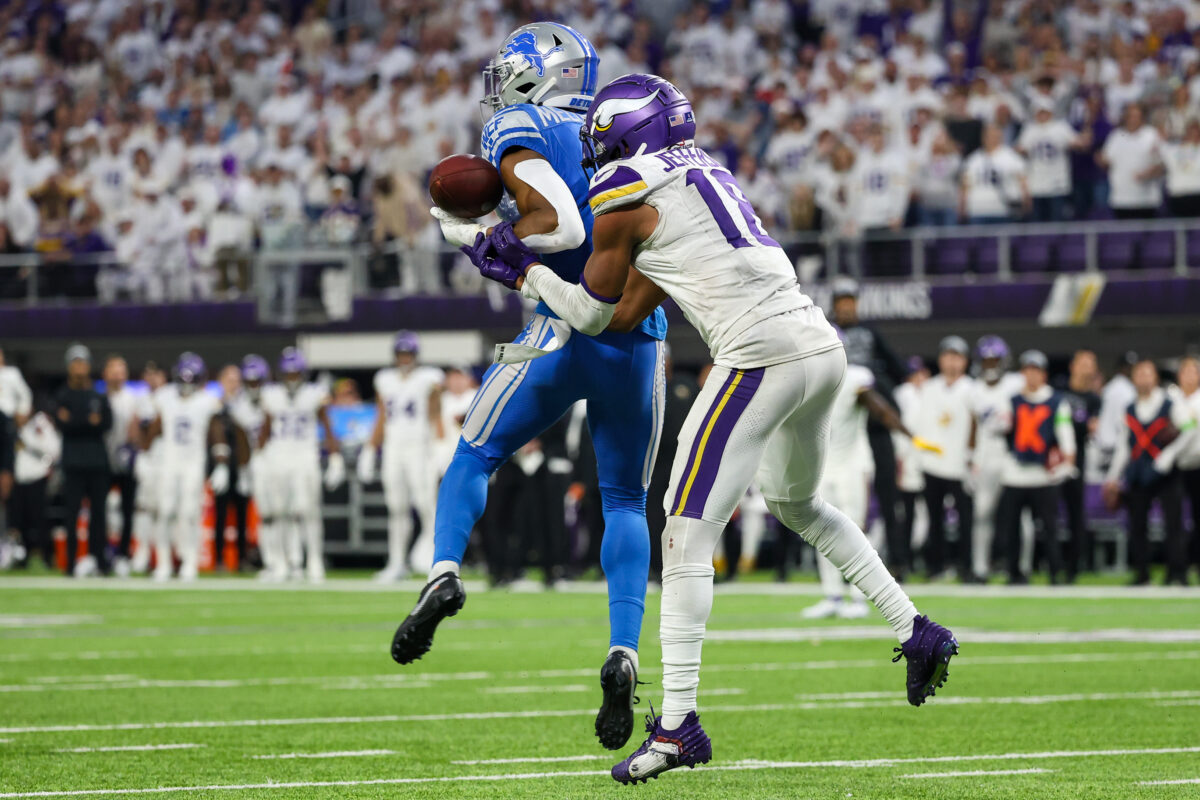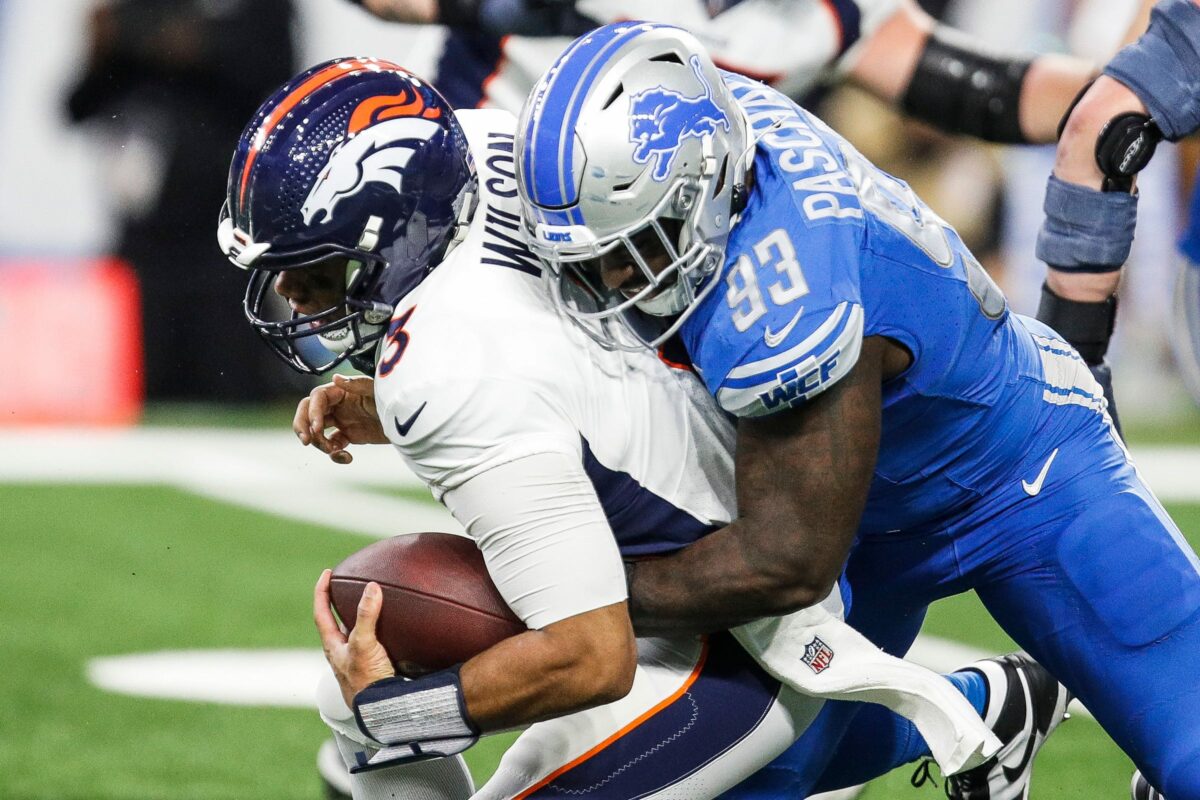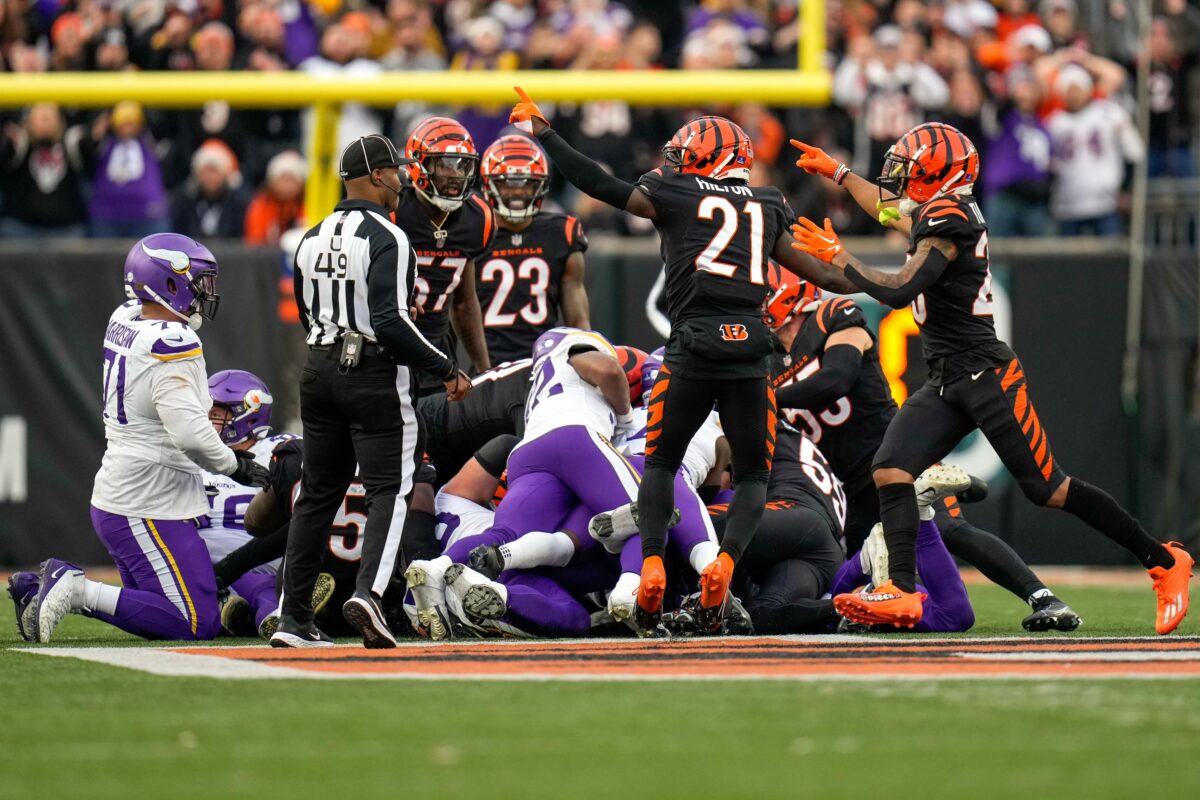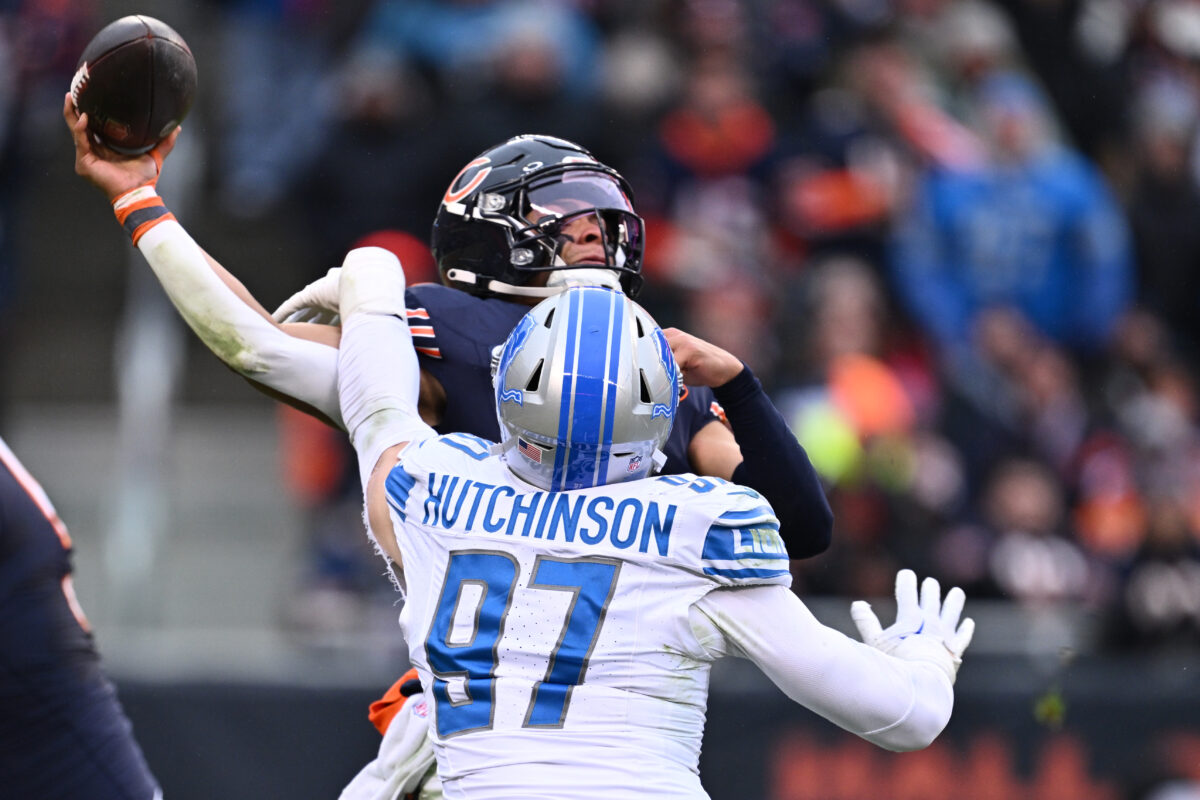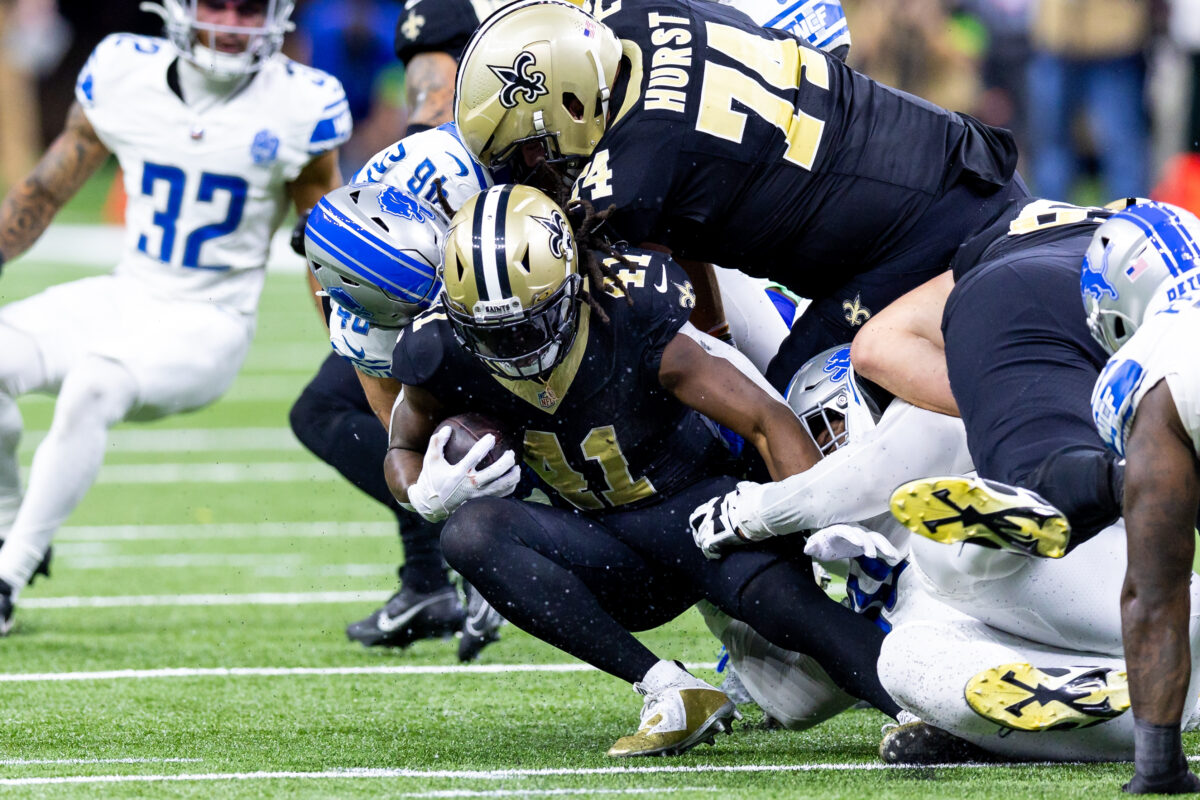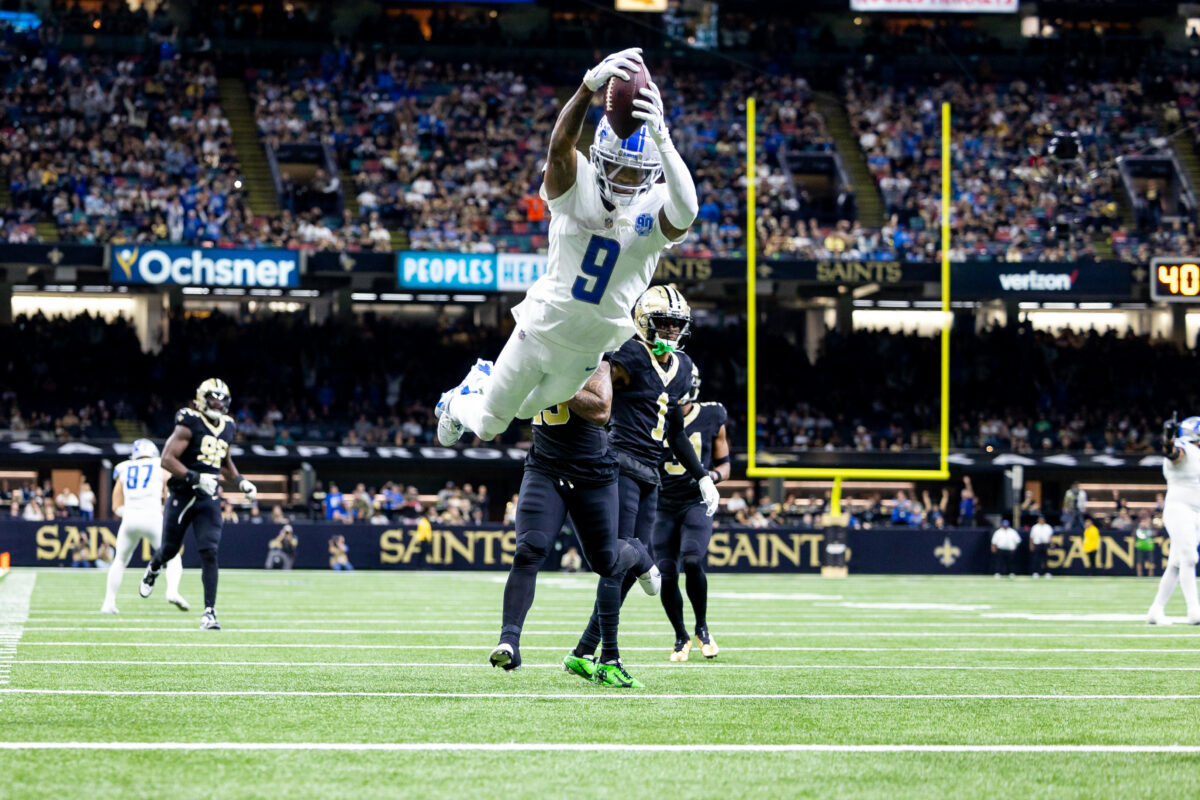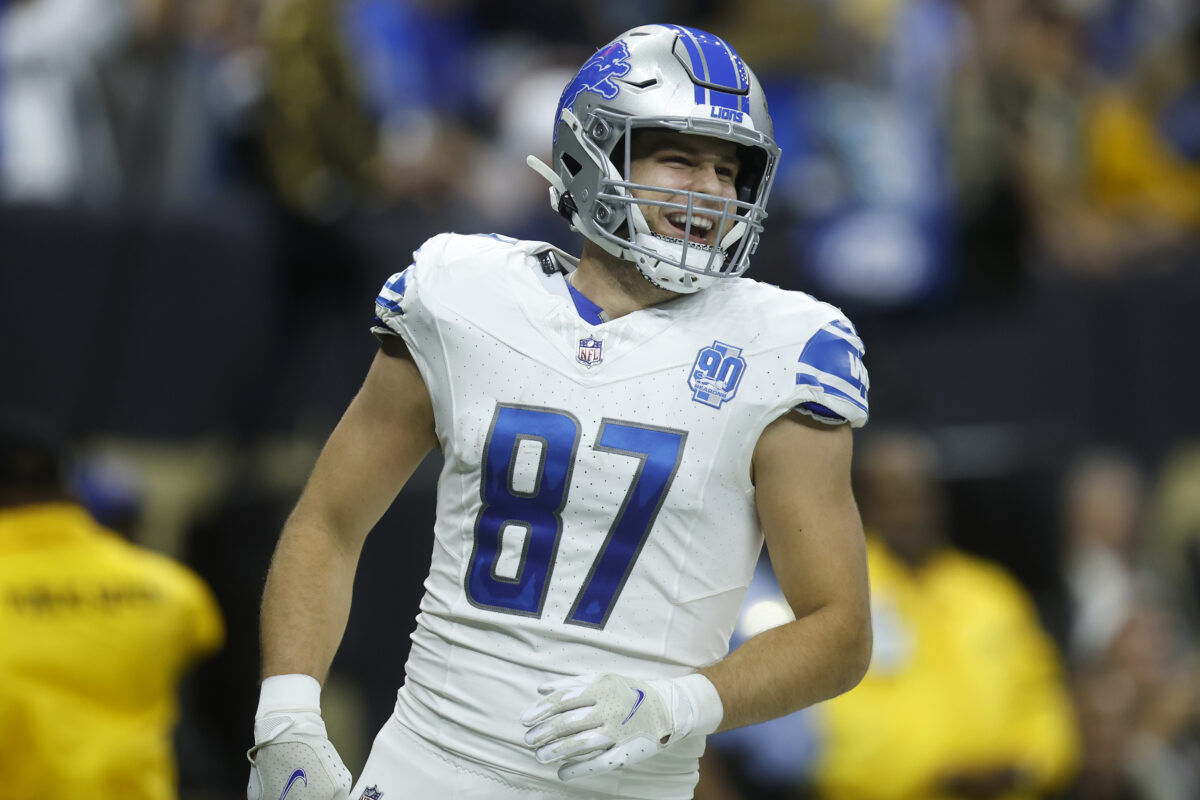Several weeks ago, the Detroit Lions suffered their 4th loss of the season. It was by far the worst loss of the season and one that wasn’t expected from this team. The vibe towards the Lions was that they were losing their way and everything they were doing seemed difficult.
However, the last two weeks have told a different story. The Lions have shown strong performances on offense and they’re beginning to look like the team we saw earlier in the year. Much of the success is due to their commitment in the running game.
Currently, the Lions average 141.1 rushing yards per game. That’s the 3rd best in the NFL and they’ve discovered a good balance between running backs David Montgomery and Jahmyr Gibbs.
Weeks ago against Chicago, it felt like they went away from them when they went down 10-0 in that game. Even when they took the lead 13-10 at halftime, it felt like they had gained some momentum and would start running the football more. Their first two drives in the second half totaled 6 plays for 11 yards and only one was a run play. That play went for a total of four yards.
Between Gibbs and Montgomery in that game, they only had 21 total carries but both backs were averaging over 6 yards per carry. The Lions turning the football over didn’t help but had they stayed committed to both running backs in that game, I think there would have been different outcome.
Over the last two weeks, they’ve flipped the script. Between Montgomery and Gibbs, they’ve totaled 60 carries for 320 yards and four touchdowns. Meanwhile, that’s good for 5.33 rushing yards per carry.
As we’ve seen all season, getting the ball in the hands of Jahmry Gibbs is important. He runs hard and is one of the most explosive running backs in the league. As for Montgomery, he’s consistent between the tackles. He sheds initial contact well and is always falling forward for positive yardage.
In week 17, the Lions face one of their toughest tasks of the season by traveling to Dallas to take on the Cowboys. While the Cowboys have one of the best defensive units in football, they’ve shown they can lose games when they can’t stop the run.
Going back two weeks ago, the Cowboys got absolutely shredded on the ground by the Buffalo Bills. They gave up 266 rushing yards on 46 carries and three touchdowns against them. Last week against the Dolphins, they showed improvements by only allowing 91 rushing yards on 26 carries.
In total this season, the Cowboys have an average run defense. They allow 115.7 rushing yards per game and have given up 13 total rushing touchdowns this season.
If the Lions want any chance of beating the Cowboys, they will commit to running the football and chewing up the clock. They’ve shown they can do it against just about every single one of their opponents. Gibbs and Montgomery have proven to be one of the most consistent duos in the league and the Lions should continue to lean on them.
While the Lions have already won the NFC North, they can put pressure on the rest of the NFC by beating the Cowboys and continuing to fight for the number one overall seed in the NFC playoffs. One of the key ways they do that is with a continued commitment to the ground game.
